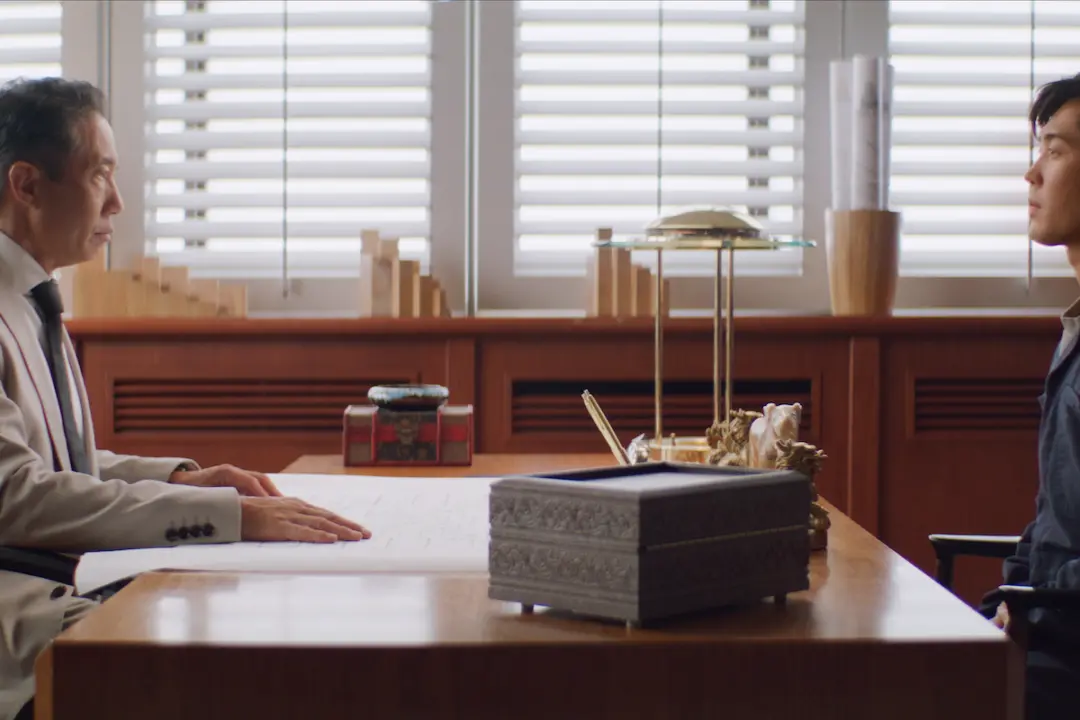PG-13 | 2h 20min | Drama, Biopic | 2007
Screenwriter-director Olivier Dahan’s biopic about one of the world’s most influential singers shows how the pathos that pervaded Edith Piaf’s life powered her art and lent a tragic but touching heroism to her every performance.





